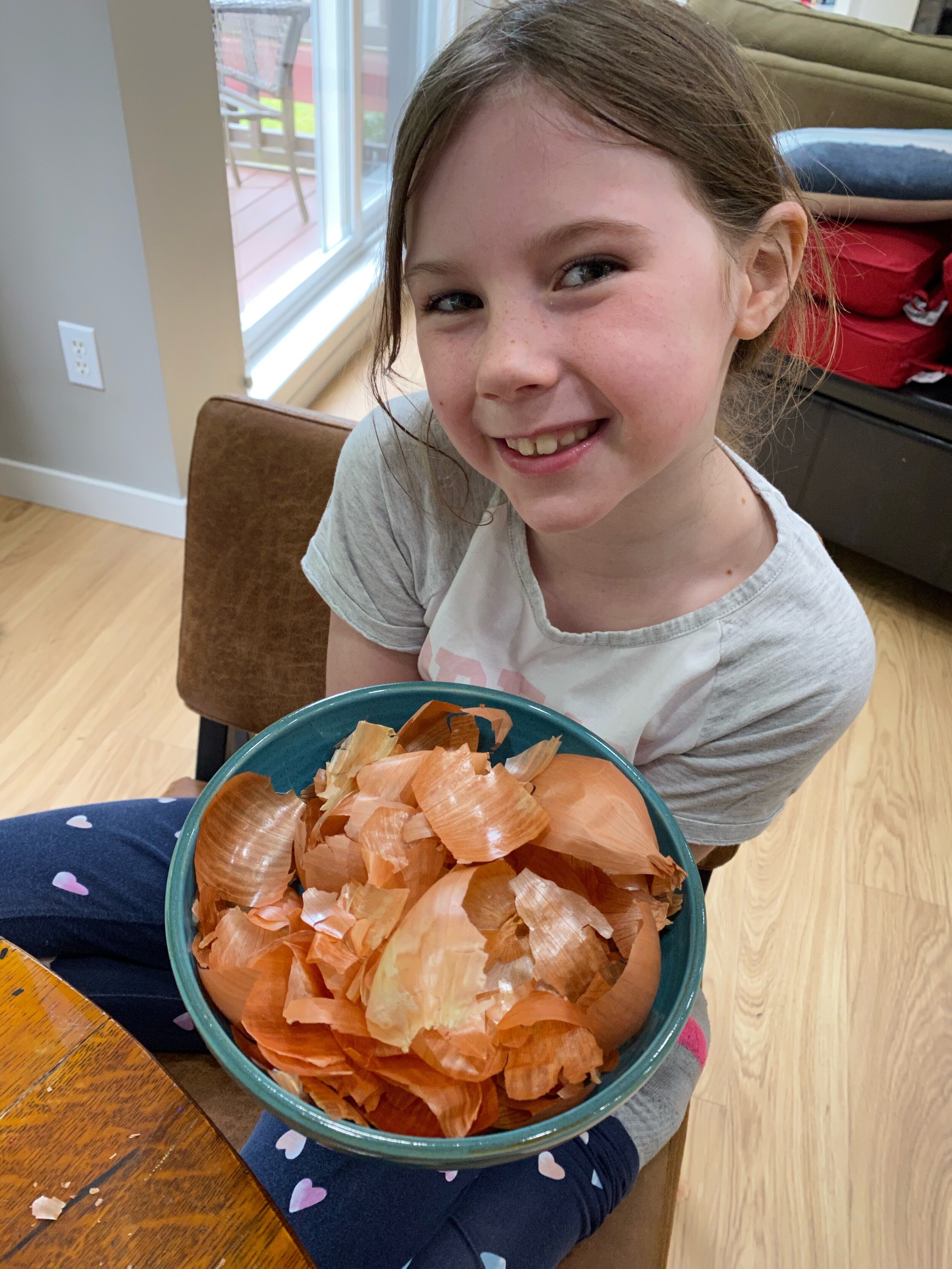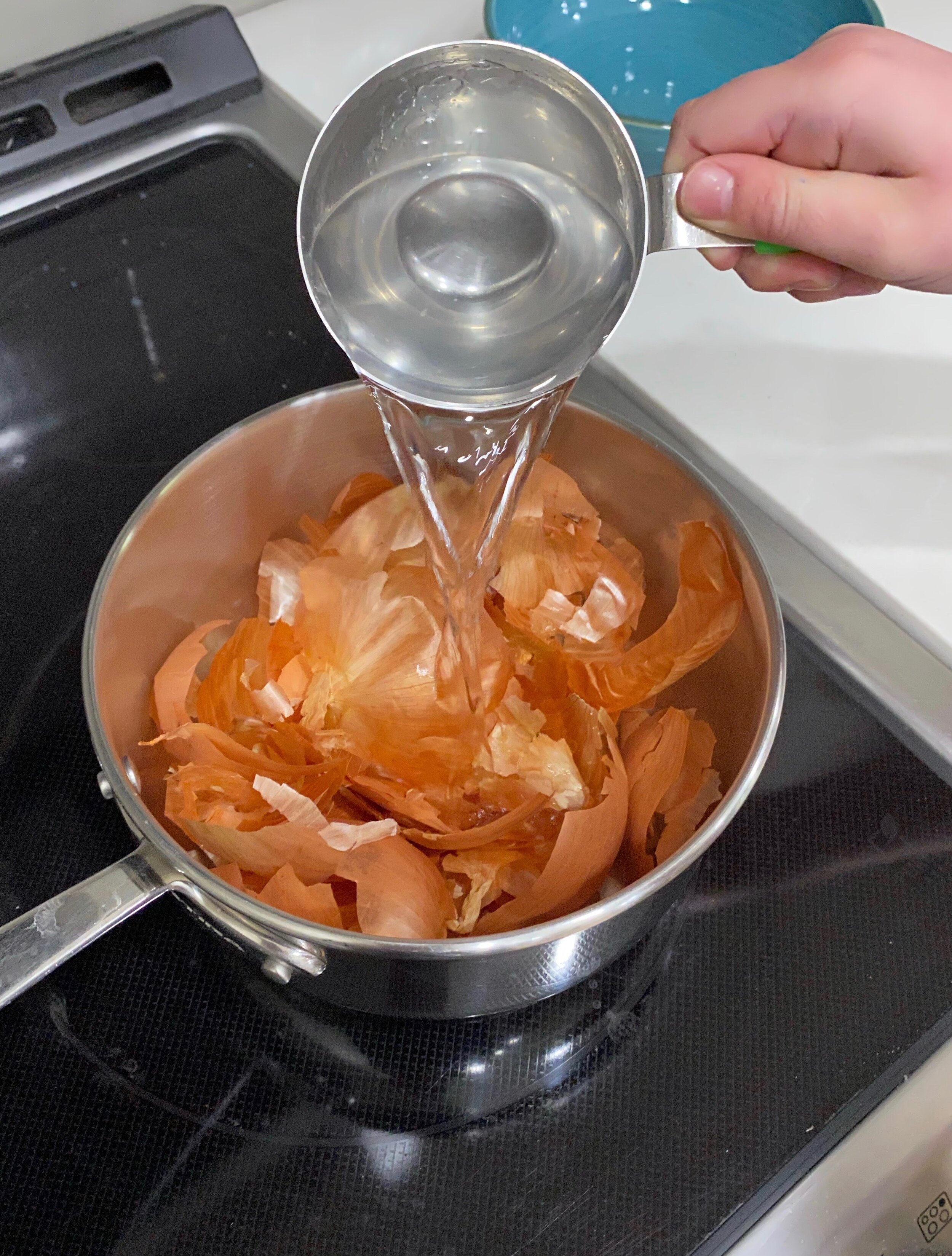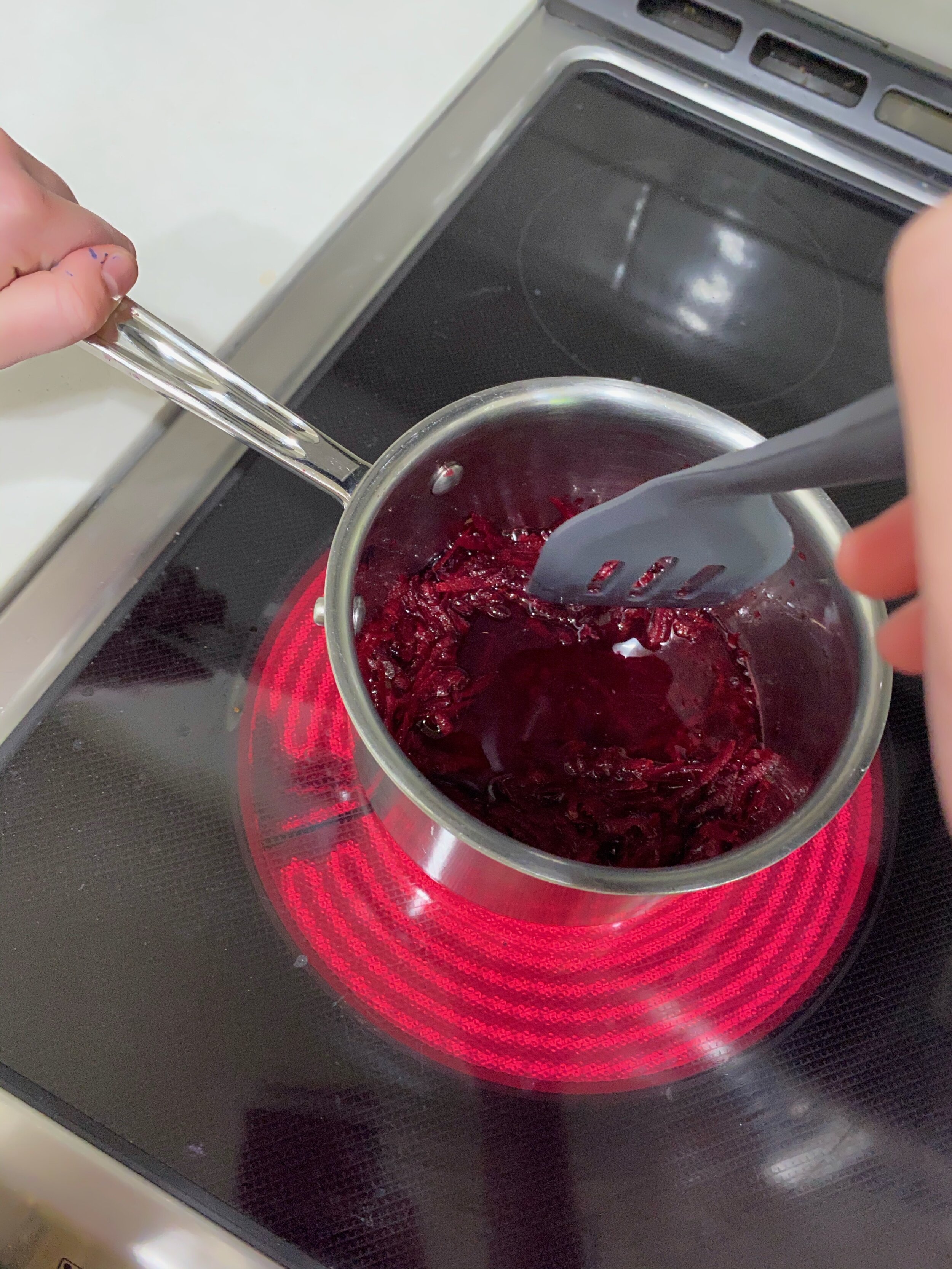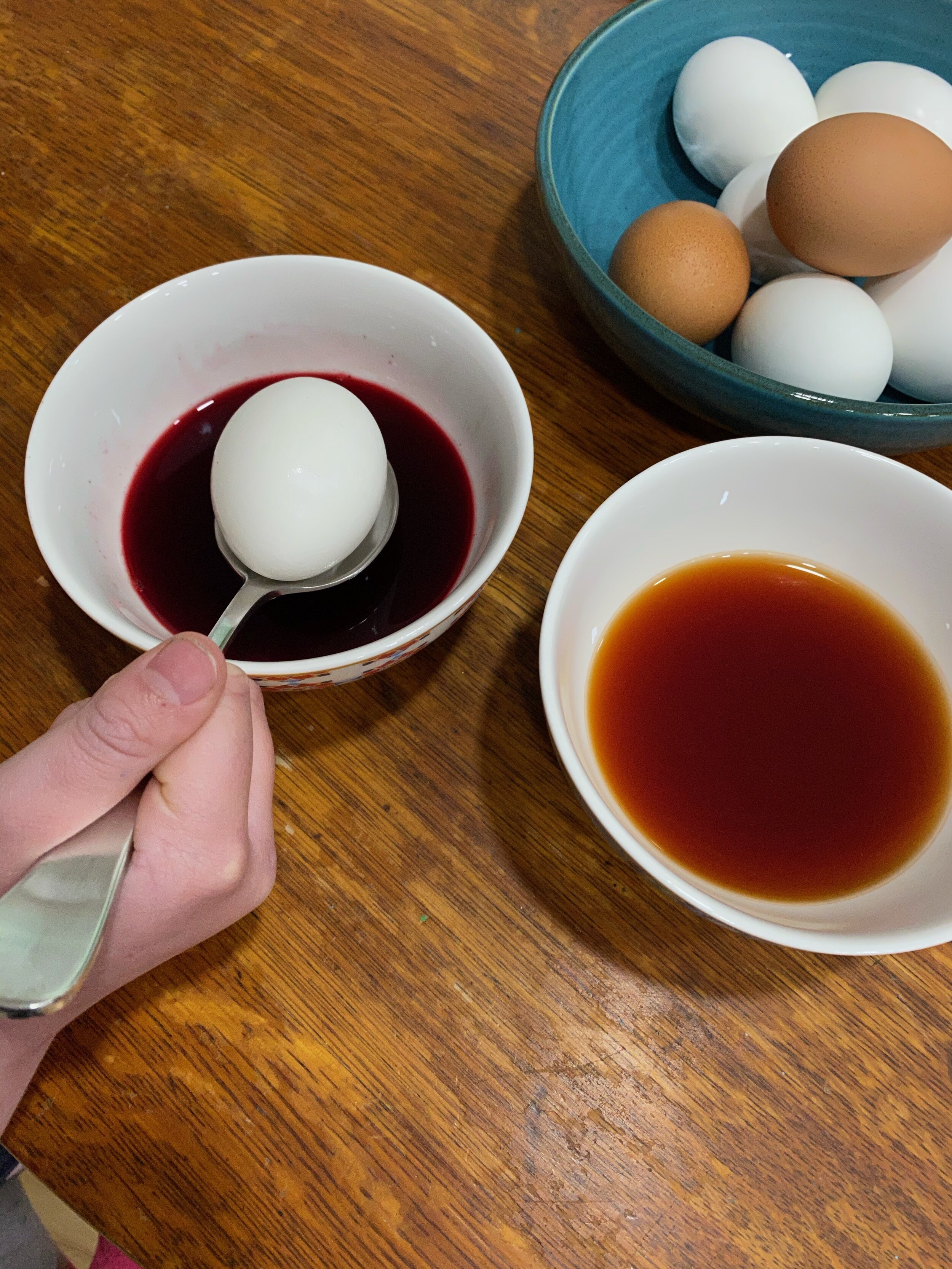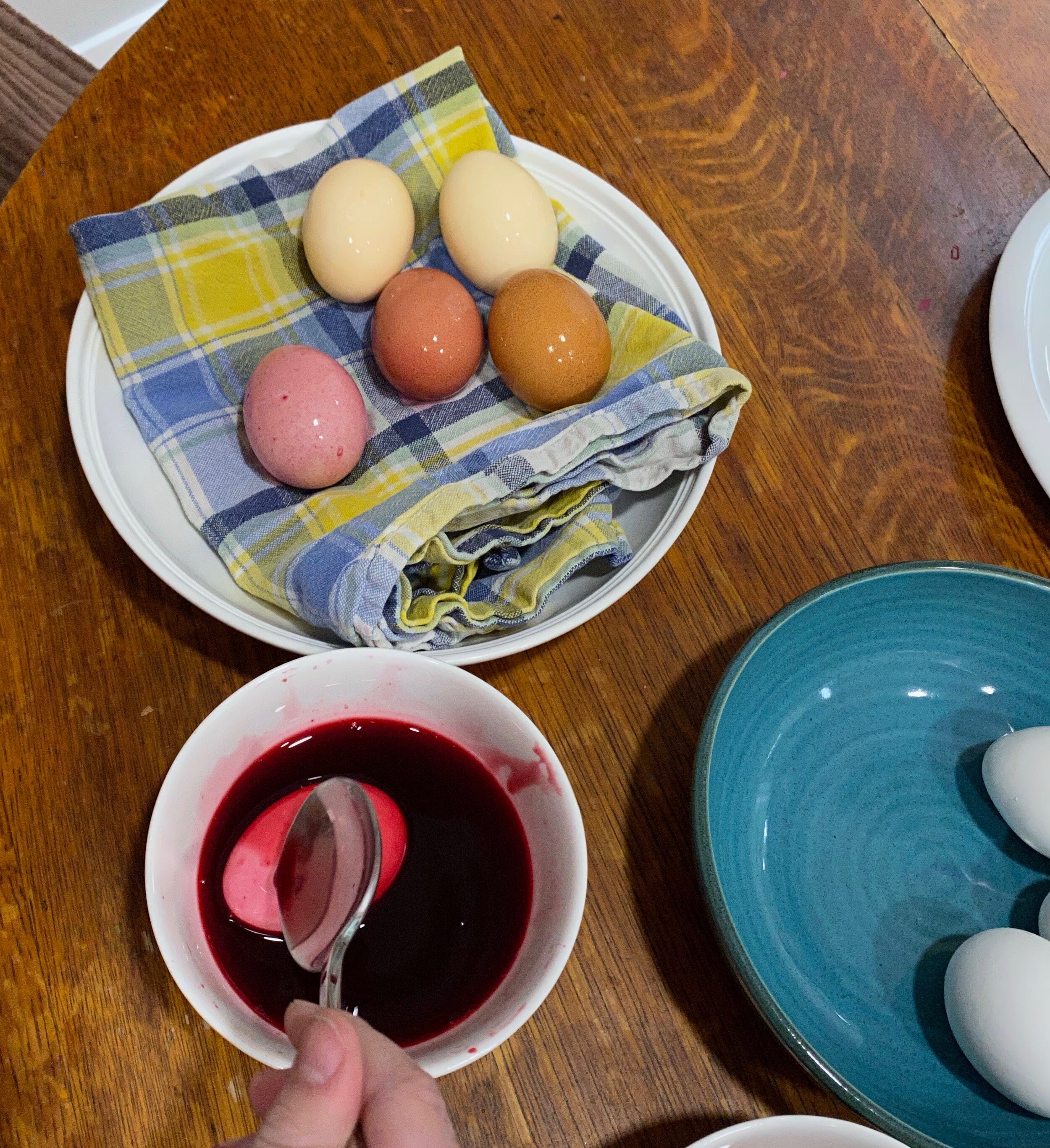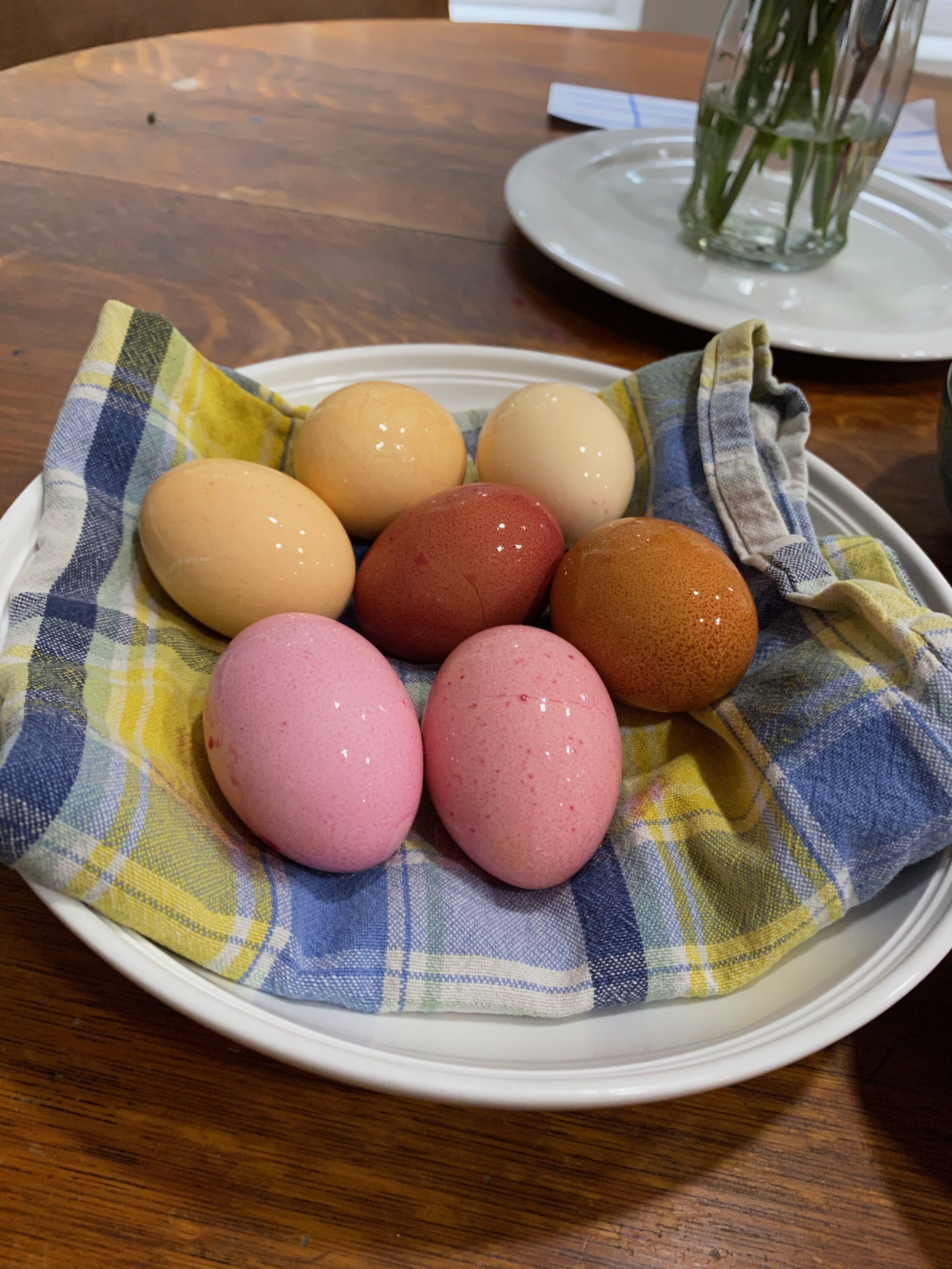We are back with another delicious spring recipe! This one from the kitchen of our Board Chair and Concept Development Chef at Joey Restaurants, Ted Anderson. Chef Ted uses flavour-packed ingredients to create a rich, earthy risotto that’s a breeze to make. Click here to download a PDF of the recipe, or scroll down to view.
Leeks are a sweet and mild member of the allium family, cousin to onions and garlic. An easy-growing frost tolerant crop, leeks can be harvested summer through winter and make a delightful addition to recipes year-round. Hot tip—leeks are rich in Vitamins B6 and K, as well as iron, manganese, dietary fibre, and folate. While they are often used in soups, leeks are hearty enough to withstand roasting, baking, frying and sauteing.
In this recipe, Chef Ted creates a flavourful puree from leeks and parsley that is added to a rich risotto near the end of the cooking process. Both the blanching of the greens in the early stages and the late addition of the puree to the risotto help the dish maintain a stunning shade of light green. Serve with seared scallops, or top with a crisp julienne of green apple for a vegetarian version.
Have you made this recipe? Tag us in your social media posts so we can see your creations!






